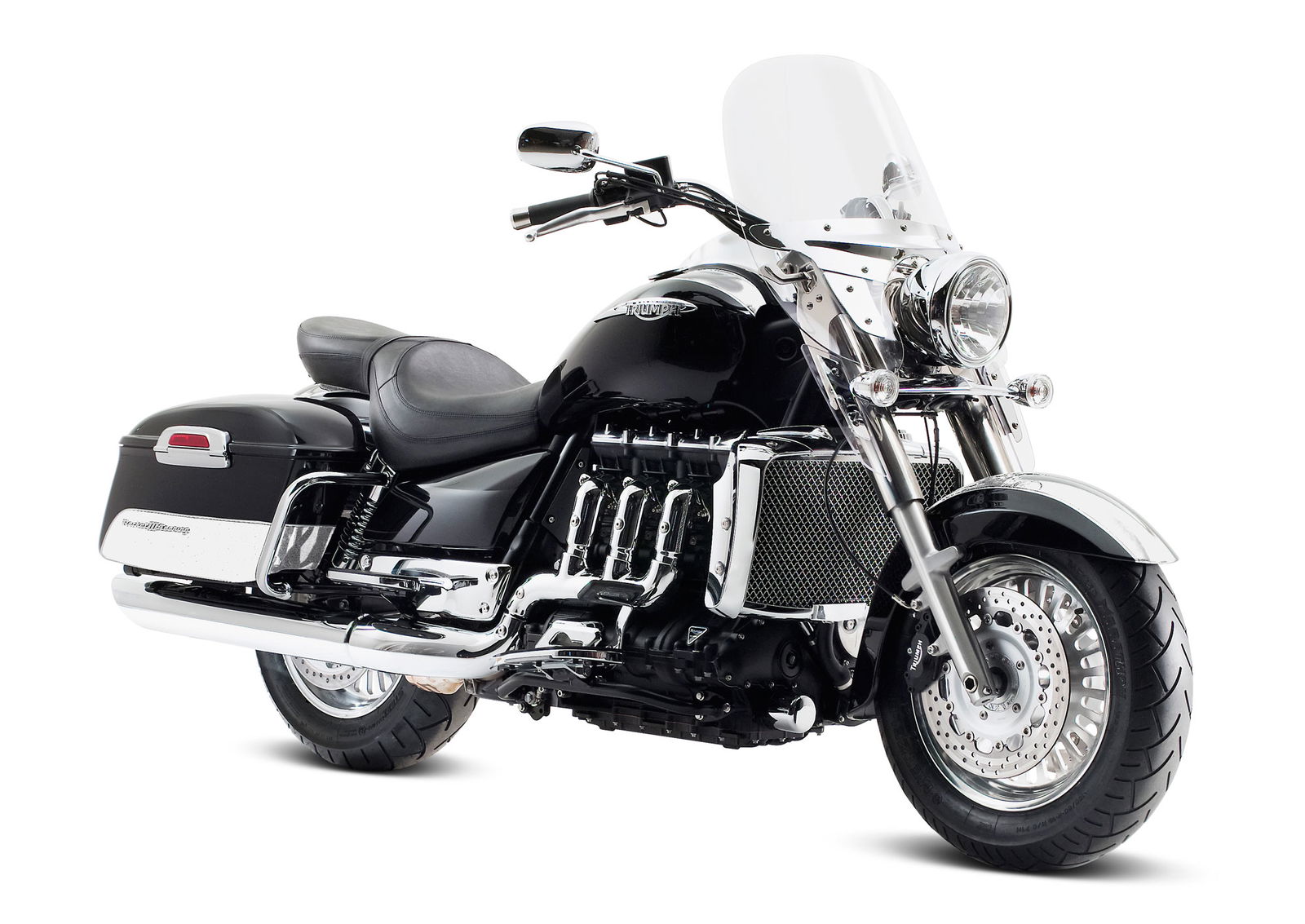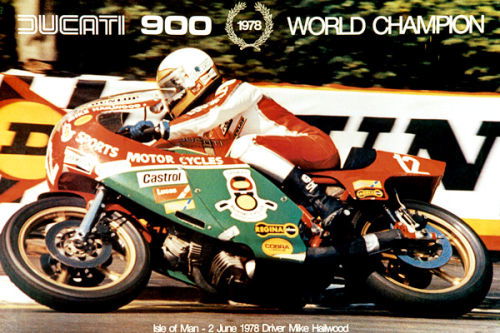Top 10 Suzuki concepts that didn’t make it
We’d be riding these in an alternate universe…

CONCEPT bikes tend to fall into two distinct camps. Some are little more than teasers for forthcoming production machines, not ‘concepts’ at all but just an early look at something that’s already been earmarked for production. Others are more worthy of the title; they’re sheer flights of fantasy, and as such stand only the slimmest chance of ever directly influencing a production bike.
Occasionally, though, a bike from the latter category does get enough approval to become a production machine. The Suzuki B-King, for instance, was never intended to be more than eye-candy when it was a supercharged concept machine back in 2001, but seemingly huge demand meant a watered-down production version did appear. Unfortunately, it took six years to happen, by which time tastes had changed and the world was on the verge of entering a financial crisis, so sales were never stellar.
The B-King, in some ways, represents the last big fling we’ve seen from Suzuki. The firm’s current range lacks the ‘wow’ factor of some of its rivals and all-new machines have been thin on the ground; even the new V-Strom 1000 is based around an engine that dates back well into the last millennium.
However, a look back at the concepts the firm has shown over the years – ones that never got the breaks that the B-King was offered – shows that Suzuki engineers have never been short of innovation. If only some of these had been pushed through to production, your local Suzuki dealer might be a very different place today (or bankrupt).
��
10. Extrigger
It might yet be too early to write the Extrigger off as a ‘didn’t make it’ bike, since the concept was shown only last year and there have been rumours that a production version will appear. But seven months after it appeared at the Tokyo show there’s still no sign of one. Shame, since as far as electric bikes go, the idea of a fun, simple and cheap monkey-bike style machine seems a pretty good one. Forget worries about range or practicality, the Extrigger was a toy, or maybe a fun alternative to a scooter for ultra-short commutes.
9. XF425 Ugly Duck, 1991
If ever a bike’s appearance encapsulated the early '90s, the Suzuki Ugly Duck was it. Check out the graffiti-style logos, the ‘splat’ graphics and the tiger stripes (long before the Fireblade made ‘urban tiger’ a thing). So why shouldn’t it be a forgotten curiosity like, for instance, ‘Dizzy’ by Vic Reeves and the Wonder Stuff, which was number one in the UK singles chart as the Ugly Duck made its show debut in Tokyo? Because beneath that bodywork lay a two-stroke motor and two-wheel-drive. Which, as you’ll see, is something of a theme with Suzuki concepts…
8. XF5, 1991
While the Ugly Duck had styling that lived up to its name, it shared floor space at the 91 Tokyo Motor Show with the rather more appealing XF5. This more serious enduro-style machine was also two-wheel-drive, with a rather more sophisticated system (using a shaft running down the fork leg rather than hub-centre steering and a second chain, like the Ugly Duck). Suzuki apparently seriously considered this 200cc two-stroke for production and put a lot of testing miles on the fully-operational prototype before ditching the idea.
7. G-Strider, 2003
Okay, okay, we know the styling of the G-Strider probably isn’t to the taste of most Visordown readers. How? Because we’ve seen how you reacted to Honda’s new Vultus. But look at the similarities – the G-Strider might as well be the Vultus’ twin brother, except it appeared 11 years earlier, back in 2003. Even the specs are similar: big parallel-twin engine – 916cc for the Suzuki vs 745cc on the Honda – mated to a gearbox that can be used either as a manual or an auto, all wrapped in styling inspired by the Akira comic books. Arguably the Suzuki, with shaft drive rather than a chain, is the superior machine. Presumably Honda has decided there’s a market for this sort of bike. And presumably it’s a market Suzuki could have nicely sewn up if the G-Strider had reached production.
6. Biplane, 2007
Yes, we understand that you probably wouldn’t want to be seen on the Biplane. Suzuki’s 2007 cruiser concept is just too far at the radical end of the spectrum to appeal to the average rider. But the V4-powered shaft-drive Biplane is still worthy of its spot here because it could have been a great halo product for Suzuki. Just look at the mainstream exposure that tiny firms like Confederate have got over the years, thanks to celebrity A-listers being seen on their extrovertly-styled, unconventionally-engineered bikes. A production Biplane, with the right marketing, might just have been able to grab a slice of that Tom Cruise/Brad Pitt/Jay Leno/David Beckham market. They’d only have to sell a handful. In fact, any more than a handful and it wouldn't be exclusive enough.
5. Crosscage, 2007
Debuting alongside the Biplane, the 2007 Crosscage was a different animal, and one that could have pre-dated the more recent interest in electric bikes if Suzuki had opted to be bolder with its production plans and more restrained with its technology. Lightweight, electric and good-looking, the Crosscage was slightly hampered by the fact it used a hydrogen fuel cell for power – great in theory but nowhere near viable for large-scale production. Even if it was, the nice theory of an easily-refillable electric power source is slightly hampered by the fact there are only a handful of hydrogen filling stations anywhere in the world. The benefits of avoiding an eight-hour recharge are somewhat hamstrung if you need to fly to California to refill the fuel cell. Had it been a straightforward, battery-powered electric, though, the Crosscage could have given Suzuki an instant in on a market that’s sure to mature to the point of large-scale profitability sometime soon.
4. Falcorustyco, 1985
Silly name, yes, but the Falcorustyco is a 29-year-old vision of the future that somehow failed to happen. Debuting in the same year as the first of the Back to the Future movies, 1985, the Falcorustyco made similarly optimistic guesses at the technology that we’d be getting. Just as the vision of 2015 from Back to the Future 2 included hoverboards and self-tying shoelaces, the Falcorustyco pointed at hydraulically-powered two-wheel-drive bikes. It was powered by a 500cc, four-stroke square four, with three camshafts, and of course it had active suspension, because back in the '80s that was going to be the future. These days, the suspension is actually the closest bit to reality. Funnily enough, rumour has it the Falcorustyco wasn’t a runner…
3. Recursion, 2013
We’re still crossing our fingers that Suzuki’s Recursion concept bike will actually turn out to be one of those ‘teasers’ for a real production machine, since it appeared only last year. But the reality is that we may be left waiting for a while before we can actually go and buy a turbocharged, 588cc twin. In terms of ‘out-there’ technology, the 2013 Recursion is actually way closer to the real world than the 1985 Falcorustyco, which means that either a) it is going to become a production bike, or b) Suzuki’s concept designers have lost their imaginations. Looks great, though, even if it hasn’t got active suspension or two-wheel-drive.
2. Stratosphere, 2005
If you wanted illustration of the way that the financial crisis has changed motorcycling over the last few years, compare the Suzuki Stratosphere of 2005 to the Recursion of 2013. The Stratosphere had an 1100cc straight-six engine, 180bhp and over 100lbft of torque, and there was plenty of speculation, fuelled by Suzuki’s own comparisons with the Hayabusa engine, that it would form the basis of the next-generation ’Busa once shorn of its Katana-style bodywork. That didn’t happen, despite the fact this one was a real, running bike. If the financial crisis hadn’t hit in 2007, though, this thing might have been the basis of something you could buy today.
1. Nuda, 1987
The Suzuki Nuda isn’t just the firm’s best concept bike, it’s arguably one of the best concepts from any manufacturer – striking just the right balance between out-there ideas and achievability. Apparently a runner, it had a monocoque chassis holding a fuel-injected (futuristic back then) GSX-R750 engine that powered both the front and rear wheels via shafts inside a pair of hefty single-sided swingarms (one front, one back). Real patents from the era showed that it wasn’t just a flight of fancy – all these systems had actually been designed and were clearly what some engineers at Suzuki believed the future held for motorcycles. Carbon fibre featured heavily, well before the stuff had appeared on many other bikes. The monocoque body/chassis and the wheels were carbon. Weirder ideas included a seat unit that was hinged at the front, where the concertina section ahead of the seat is, so the rider’s weight was repositioned in corners without having to physically ‘hang-off.’ Some bits have reached reality, though, like the electrically-adjustable suspension (which reverted to a specific rider’s settings when he put hit key card into the ignition) and of course the rim-mounted brake discs.

